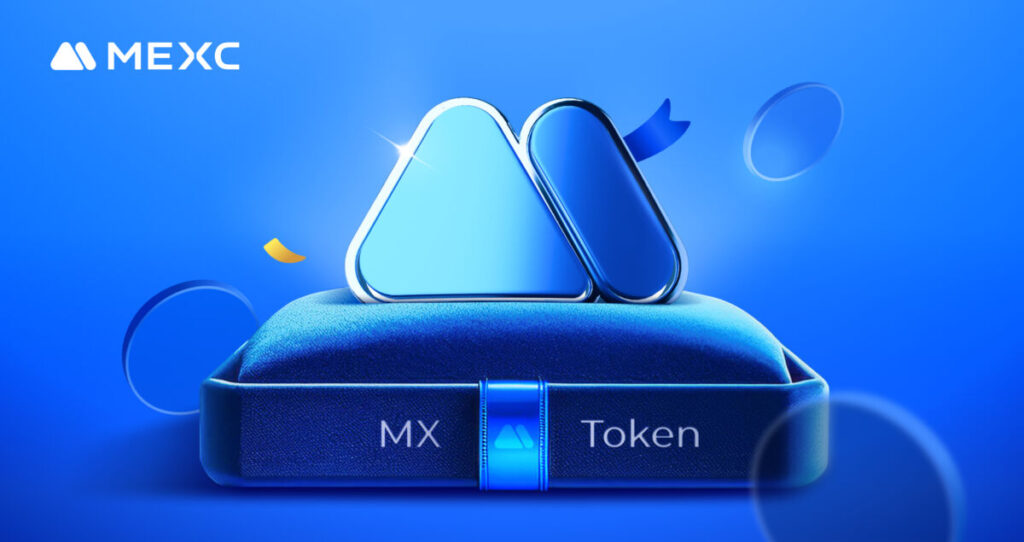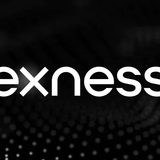
6 minute read
MEXC vs Lbank Comparison: Which is better?
from MEXC
by Exness_India
When comparing cryptocurrency exchanges, two names that often come up among traders are MEXC and LBank. Both platforms have grown significantly over the past few years, attracting users from around the world. However, if you are trying to decide which exchange is better for your needs, you need to look beyond marketing claims and examine their core features, trading options, fees, security, and overall user experience.
In this article, we go straight to the point, break down the differences between MEXC and LBank, and help you figure out which platform is the right choice for you.

✅ Trade with MEXC now: Open An Account 👈
1. Overview of MEXC and LBank
MEXC was founded in 2018 and has quickly established itself as a global crypto exchange with a strong focus on altcoins, futures trading, and high-liquidity markets. The platform is well-known for listing a wide variety of tokens early, making it appealing to traders who seek new opportunities before assets are available on larger exchanges. MEXC offers spot trading, futures trading, staking, launchpads, and copy trading, with a reputation for low trading fees and high leverage options.
LBank, on the other hand, was launched in 2015, making it one of the older centralized exchanges in the industry. It has a strong presence in Asia and Africa, catering to a large base of retail traders. LBank focuses heavily on spot trading, token listings, and promotional campaigns for newly launched cryptocurrencies. While it offers futures trading and other services, its product range is not as deep or advanced as MEXC’s.
2. Trading Features and Markets
When comparing the trading features of MEXC and LBank, the differences become clear.
MEXC offers a comprehensive set of trading products, including:
Spot trading with hundreds of trading pairs.
USDT-M and Coin-M futures contracts with leverage up to 200x on certain pairs.
Copy trading features that allow users to follow professional traders’ strategies.
Launchpad and Kickstarter events for early token access.
Staking and savings products for passive income.
LBank primarily focuses on spot markets and has a more limited futures section. While it also lists a large number of tokens, the trading interface is simpler, making it appealing for beginners but less attractive for advanced traders who want access to professional-grade tools. Leverage options are available but generally lower than MEXC’s offerings.
If you are an active trader who wants access to high-leverage futures, advanced order types, and early token listings, MEXC offers a stronger product lineup.
3. Liquidity and Trading Volume
Liquidity directly impacts how quickly and efficiently trades are executed. MEXC consistently ranks among the top 20 global exchanges by trading volume according to various industry trackers. Its futures market is particularly liquid, meaning traders can execute large positions with minimal slippage.
LBank, while having decent spot market liquidity, often lags behind MEXC in derivatives trading volume. This can be an important factor for professional traders who require deep liquidity for large orders. For casual users making smaller trades, LBank’s liquidity is generally sufficient.
4. Fees and Costs
Both MEXC and LBank offer competitive fees compared to industry standards, but MEXC often edges ahead with additional fee discounts.
MEXC fees:
Spot trading: 0% maker/taker fees for many pairs (promotional offer, may vary).
Futures trading: As low as 0.02% maker and 0.06% taker.
Discounts available for holding and using MX tokens.
LBank fees:
Spot trading: Around 0.1% per transaction.
Futures trading: Slightly higher than MEXC on average.
Occasional fee promotions but fewer ongoing discounts compared to MEXC.
For active traders, especially in futures markets, MEXC tends to be more cost-effective over time.

✅ Trade with MEXC now: Open An Account 👈
5. User Interface and Experience
User experience is subjective, but MEXC’s trading platform feels more professional and feature-rich. It offers advanced charting tools, multiple order types, and smooth navigation for both desktop and mobile.
LBank’s interface is simpler and less cluttered, which may appeal to beginners who do not want to deal with too many advanced settings. However, the trade-off is that it lacks certain pro-level tools and customization options that experienced traders may prefer.
6. Token Listings and New Opportunities
One of MEXC’s biggest strengths is its aggressive listing strategy. The platform often lists new and emerging tokens before larger exchanges, giving traders early access to potential high-growth assets. Many crypto investors use MEXC specifically to get in on early projects.
LBank also lists new tokens frequently, but it tends to focus more on regional projects and promotional campaigns. While it offers variety, its listings do not have the same global hype or early exposure that MEXC listings often achieve.
7. Security and Regulation
Security is a crucial factor when comparing exchanges.
MEXC has not suffered from any major publicized security breaches since its launch. It employs cold storage for most funds, two-factor authentication (2FA), anti-phishing codes, and withdrawal whitelist features. The platform operates in multiple jurisdictions but is not heavily regulated in the same way as US-based exchanges.
LBank also prioritizes user security with 2FA, withdrawal confirmation processes, and encrypted data storage. However, like MEXC, it operates in a less strictly regulated environment, which allows it to offer a wider range of tokens and services but may pose additional risks for certain traders who prioritize fully licensed exchanges.
8. Customer Support and Community
MEXC offers 24/7 customer support through live chat, email, and social media channels. The platform’s support team generally responds quickly, and the exchange maintains active communities on Telegram, Twitter, and other platforms.
LBank also provides round-the-clock support, but user feedback on responsiveness can be mixed. While many issues are resolved quickly, some traders report slower responses during peak trading periods.
9. Geographic Reach and Accessibility
MEXC serves traders from over 200 countries and supports a wide range of fiat on-ramp and off-ramp services through third-party payment providers. Its global approach means that it caters to users from different regions equally.
LBank has strong penetration in Asia and emerging markets, with an emphasis on accessibility for local traders. However, its fiat gateway options may be more limited compared to MEXC in some regions.
10. Which is Better?
If you are looking for a comprehensive trading experience with advanced features, deep liquidity, early token listings, and competitive fees, MEXC is generally the better choice. It suits professional traders, active futures traders, and anyone who wants access to a wide variety of trading tools.
On the other hand, if you are a beginner or casual spot trader who prefers a simpler interface and is mostly focused on buying and holding tokens, LBank can be a good fit. It still offers plenty of variety and competitive fees, but without the complexity of a more advanced trading environment.
Final Verdict:
Choose MEXC if you want advanced trading tools, high-leverage futures, deep liquidity, and early token access.
Choose LBank if you prefer simplicity, ease of use, and focus on spot trading without needing advanced features.
In the fast-moving world of crypto, both exchanges have their strengths, but for most active traders, MEXC offers more value in terms of features, costs, and market opportunities.
✅ Trade with MEXC now: Open An Account 👈
Read more:








